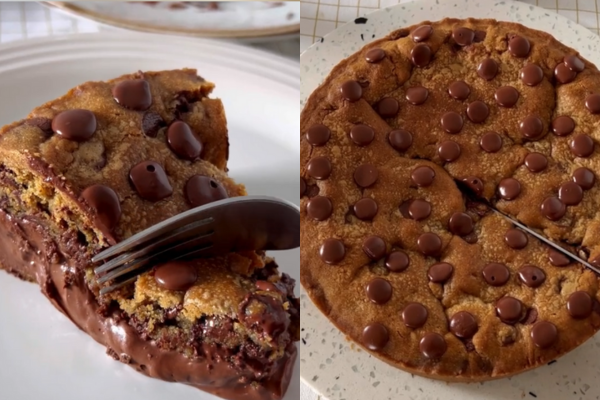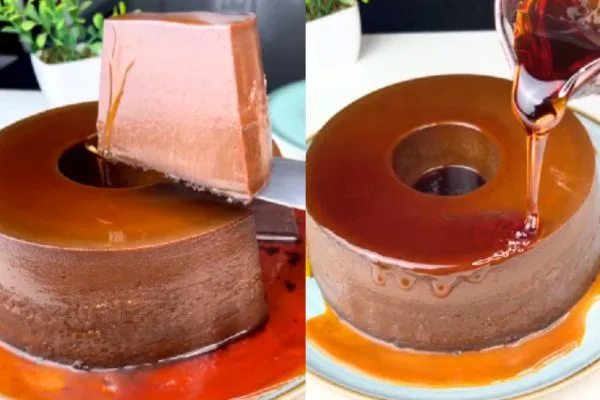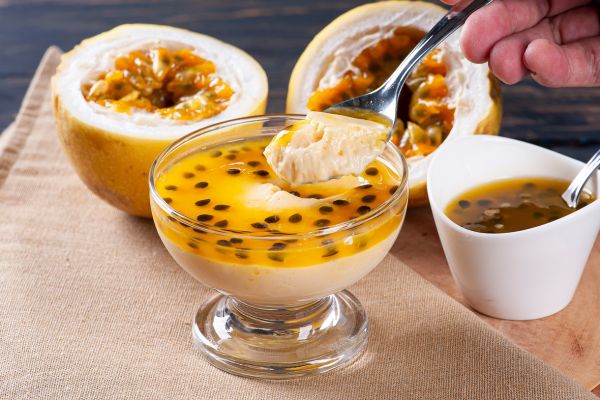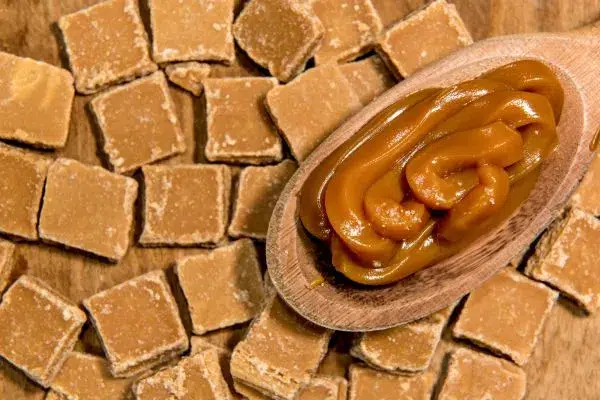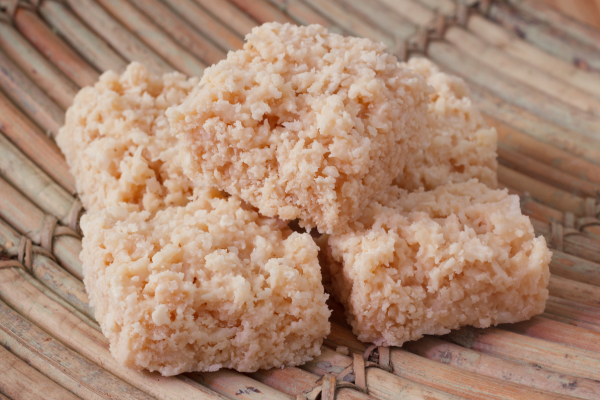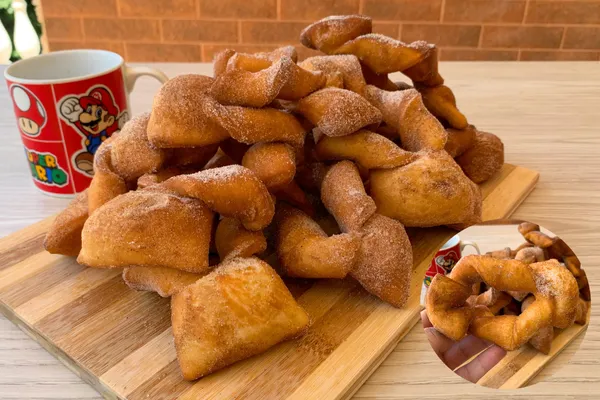Bread Pudding: A Traditional Delight That Delights Palates
Advertisements
O Pudim de Pão tem uma origem multicultural, com registros históricos que apontam sua presença em diferentes continentes, especialmente na Europa, onde o conceito de reaproveitar alimentos sempre foi valorizado.
Na Idade Média, por exemplo, era comum que cozinheiros em castelos e vilas transformassem sobras de pão em pudins doces ou salgados, adicionando ingredientes acessíveis, como leite, ovos e mel.
Advertisements
Com o tempo, esse prato simples se espalhou, ganhando popularidade na América Latina através da influência portuguesa e espanhola.
No Brasil, ele encontrou terreno fértil para se estabelecer como uma sobremesa querida, enriquecida por ingredientes locais, como coco, especiarias e frutas.
Por que o Pudim de Pão é Tão Amado?
Uma das características notáveis do Pudim de Pão é sua versatilidade na preparação. Desde receitas clássicas que seguem tradições familiares até variações inovadoras que incorporam ingredientes modernos, há uma infinidade de maneiras de preparar essa delícia.
Amêndoas, passas, ou até mesmo um toque de chocolate podem transformar o Pudim de Pão em uma experiência única e personalizada.
O Pudim de Pão na Cultura Brasileira
No Brasil, o Pudim de Pão é mais do que uma simples sobremesa; é um clássico que une gerações em torno das mesas familiares. A tradição de preparar Pudim de Pão tem passado de avós para mães, e agora, para novos entusiastas da culinária.
O aroma irresistível que se espalha pela cozinha enquanto o pudim assa no forno é uma reminiscência de momentos especiais e celebrações.
Receita Tradicional de Pudim de Pão Brasileiro
Para quem deseja recriar a magia do Pudim de Pão em casa, aqui está uma receita tradicional brasileira:
Ingredients:
- 4 xícaras de pão amanhecido cortado em cubos
- 2 xícaras de leite
- 3 eggs
- 1 cup of sugar
- 1 teaspoon vanilla essence
Preparation method:
- Preheat the oven to 180°C.
- Em uma tigela, misture os cubos de pão e o leite. Deixe descansar por 10 minutos.
- Em outra tigela, bata os ovos e adicione o açúcar, misturando bem.
- Combine as duas misturas e adicione a essência de baunilha.
- Despeje a mistura em uma forma de pudim caramelizada.
- Asse em banho-maria por aproximadamente 40 minutos, ou até que o pudim esteja firme.
Harmonização e Acompanhamentos
O Pudim de Pão pode ser harmonizado com bebidas e complementos que realçam seu sabor. Aqui estão algumas sugestões:
- Bebidas: Experimente servir o pudim com um café forte ou um chá de ervas, como camomila ou erva-doce. Um vinho de sobremesa suave também é uma excelente opção para ocasiões especiais.
- Coberturas: Chantilly, calda de chocolate ou frutas caramelizadas podem ser adicionados para dar um toque sofisticado à sobremesa.
Armazenamento e Conservação
- Na Geladeira: O pudim pode ser armazenado na geladeira por até 5 dias, mantendo-se coberto para não ressecar.
- No Freezer: Para armazenamento de longo prazo, ele pode ser congelado por até 2 meses. Antes de servir, descongele na geladeira e aqueça levemente em banho-maria ou no forno.
Variações Criativas do Pudim de Pão
Embora a receita clássica seja uma estrela por si só, muitos chefs inovadores têm explorado variações criativas do Pudim de Pão para surpreender o paladar. Desde a adição de frutas frescas até a infusão de sabores como canela ou chocolate, as possibilidades são vastas.
Pudim de Pão com Toque Frutado
Experimente adicionar frutas frescas, como maçãs ou berries, à mistura antes de assar. Essa adição não apenas acrescenta um toque refrescante, mas também confere uma dimensão adicional de sabor ao pudim.
Pudim de Pão com Infusão de Chocolate
Os amantes de chocolate podem elevar sua experiência adicionando pedaços de chocolate de alta qualidade à mistura. O chocolate derrete durante o cozimento, criando uma irresistível decadência que cativará até os paladares mais exigentes.
Dicas Para um Pudim de Pão Perfeito
- Escolha do Pão: Utilize pão amanhecido, pois ele absorve melhor o líquido e proporciona uma textura cremosa ao pudim. Pães integrais ou com sementes também podem ser usados para variações mais rústicas.
- Caramelização: Para criar uma base perfeita, prepare um caramelo dourado com açúcar derretido. Espalhe o caramelo na forma antes de adicionar a mistura de pudim.
- Banho-maria: O banho-maria garante um cozimento uniforme e evita que o pudim resseque. Certifique-se de que a água na assadeira esteja quente desde o início do processo.
- Aromas Extras: Experimente adicionar raspas de limão ou laranja, canela em pó ou até mesmo cravo para intensificar o sabor.
FAQ: Frequently Asked Questions
Posso adicionar frutas à receita de Pudim de Pão?
Sim, adicionar frutas como passas, maçãs ou bananas pode proporcionar uma camada extra de sabor ao pudim.
Como evitar que o Pudim de Pão fique muito seco?
Certifique-se de que a mistura de pão e leite está bem incorporada antes de assar. Evite assar por tempo excessivo para manter a textura macia.
Qual é a melhor maneira de desenformar o Pudim de Pão sem quebrar?
Deixe o pudim esfriar um pouco antes de desenformar. Passe uma faca ao redor das bordas e inverta cuidadosamente sobre um prato.
Posso usar pão fresco em vez de pão envelhecido?
Sim, você pode usar pão fresco, mas pães envelhecidos geralmente absorvem melhor a mistura, proporcionando uma textura mais rica ao pudim.
Qual o melhor tipo de pão para fazer Pudim de Pão?
Pães amanhecidos, como pão francês, pão de forma ou baguete, são os mais indicados, pois absorvem melhor o leite e garantem uma textura cremosa. Evite pães muito frescos ou com recheios.
In conclusion, the Pudim de Pão não é apenas uma sobremesa; é uma celebração da simplicidade transformada em indulgência.
Ao desbravar os segredos dessa iguaria, descobrimos que sua magia está na habilidade de unir ingredientes comuns para criar algo extraordinário.
O pudim de pão não é apenas uma experiência gustativa, mas uma viagem através das tradições culinárias que atravessam gerações.
Ao seguir as orientações cuidadosas desde a escolha dos ingredientes até o ritual de assar, você não está apenas preparando uma sobremesa, mas moldando uma memória.
Em cada fatia, o pudim de pão conta uma história de paciência, cuidado e amor pela culinária. Permita que essa sobremesa clássica não seja apenas uma presença na mesa, mas um elo que une familiares e amigos em torno de uma experiência que transcende o comum.
Que cada mordida seja uma celebração, e cada ocasião se torne uma oportunidade para criar e compartilhar memórias duradouras. Bon appétit!

